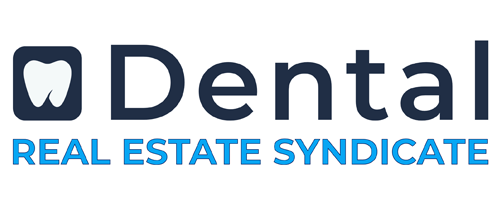Managing a commercial real estate (CRE) portfolio effectively requires a deep understanding of performance metrics that highlight profitability, manage risks, and optimize returns. Whether you’re an individual investor with a few properties or a large institutional entity overseeing a vast portfolio, mastering these metrics is essential for strategic portfolio management. This article explores essential metrics used by CRE investors, outlines investor classifications, and offers strategies for smaller investors aiming for growth.
Key Metrics for Evaluating CRE Performance
- Net Operating Income (NOI)
- Definition: NOI represents the total income generated from a property after operational costs are subtracted. It’s a crucial indicator of a property’s underlying profitability.
- Importance: NOI helps investors assess the effectiveness of property management in generating cash flow and is used to calculate other key metrics like Cap Rate and DSCR.
- Formula: NOI = Gross Operating Income – Operating Expenses.
- Capitalization Rate (Cap Rate)
- Definition: The Cap Rate measures the rate of return on a real estate investment property based on the income that the property is expected to generate.
- Importance: It’s used to compare different investment opportunities within the market, helping investors make informed decisions.
- Formula: Cap Rate = NOI / Property Value.
- Internal Rate of Return (IRR)
- Definition: IRR estimates the profitability of potential investments and is calculated using the expected flow of cash from the property and its final resale value.
- Importance: It considers the time value of money, providing a comprehensive view of the financial viability over the investment period.
- Calculation: IRR is computed using financial modeling to equate the net present value of all cash flows to zero.
- Cash-on-Cash Return
- Definition: This metric provides an annual return rate based on the cash income earned on the cash invested in the property.
- Importance: It gives investors insight into the returns they can expect on the actual cash they’ve invested, separate from leverage.
- Formula: Cash-on-Cash Return = Annual Cash Flow / Total Cash Invested.
- Debt Service Coverage Ratio (DSCR)
- Definition: DSCR compares a property’s annual net operating income to its annual mortgage debt service, including principal and interest.
- Importance: It indicates the property’s ability to cover its debt obligations, a critical factor for lenders and investors.
- Formula: DSCR = NOI / Debt Service.
- Occupancy Rate
- Definition: This percentage indicates how much of the property is occupied and generating revenue.
- Importance: Higher occupancy rates generally signal a thriving property, attracting more investment.
- Formula: Occupancy Rate = (Occupied Units / Total Units) x 100.
- Leverage Ratio
- Definition: This ratio assesses the level of debt incurred in financing the property against the equity held by the investor.
- Importance: Understanding leverage is vital for risk management, particularly in volatile markets.
- Formula: Leverage Ratio = Total Debt / Total Equity.
Classifying Real Estate Investors: From Small to Large
- Small Real Estate Investors
- Characteristics: Manage 1-3 properties, often locally.
- Focus: Prioritize cash flow and gradual asset appreciation, usually hands-on in daily management.
- Medium Real Estate Investors
- Characteristics: Hold 4-10 diversified properties, possibly across regions.
- Strategy: Seek diversification across property types and markets, use professional management services.
- Large Real Estate Investors
- Characteristics: Operate extensive portfolios with national or global reach, often institutional.
- Approach: Focus on scalability, risk management, and long-term capital appreciation.
Strategies for Scaling Small CRE Investments
Reevaluate Capital Strategy
- Leverage more sophisticated financing options and consider real estate syndication to pool resources and share risks.
Enhance Operational Efficiency
- Adopt advanced property management solutions to streamline operations and boost tenant retention.
Diversify Your Portfolio
- Explore investments in different regions or sectors to mitigate risks and exploit new market opportunities.
Develop Scalable Business Models
- Cultivate networks and partnerships that provide competitive insights and investment opportunities.
Leverage Value-Add Opportunities
- Focus on properties that offer potential for significant improvements and higher returns on investment.
Conclusion
Effectively measuring and managing the performance of a commercial real estate portfolio involves understanding crucial financial metrics and adapting investment strategies to market conditions and portfolio size. By leveraging detailed analytics and strategic planning, investors can maximize returns, minimize risks, and achieve sustained growth in the competitive CRE market.

